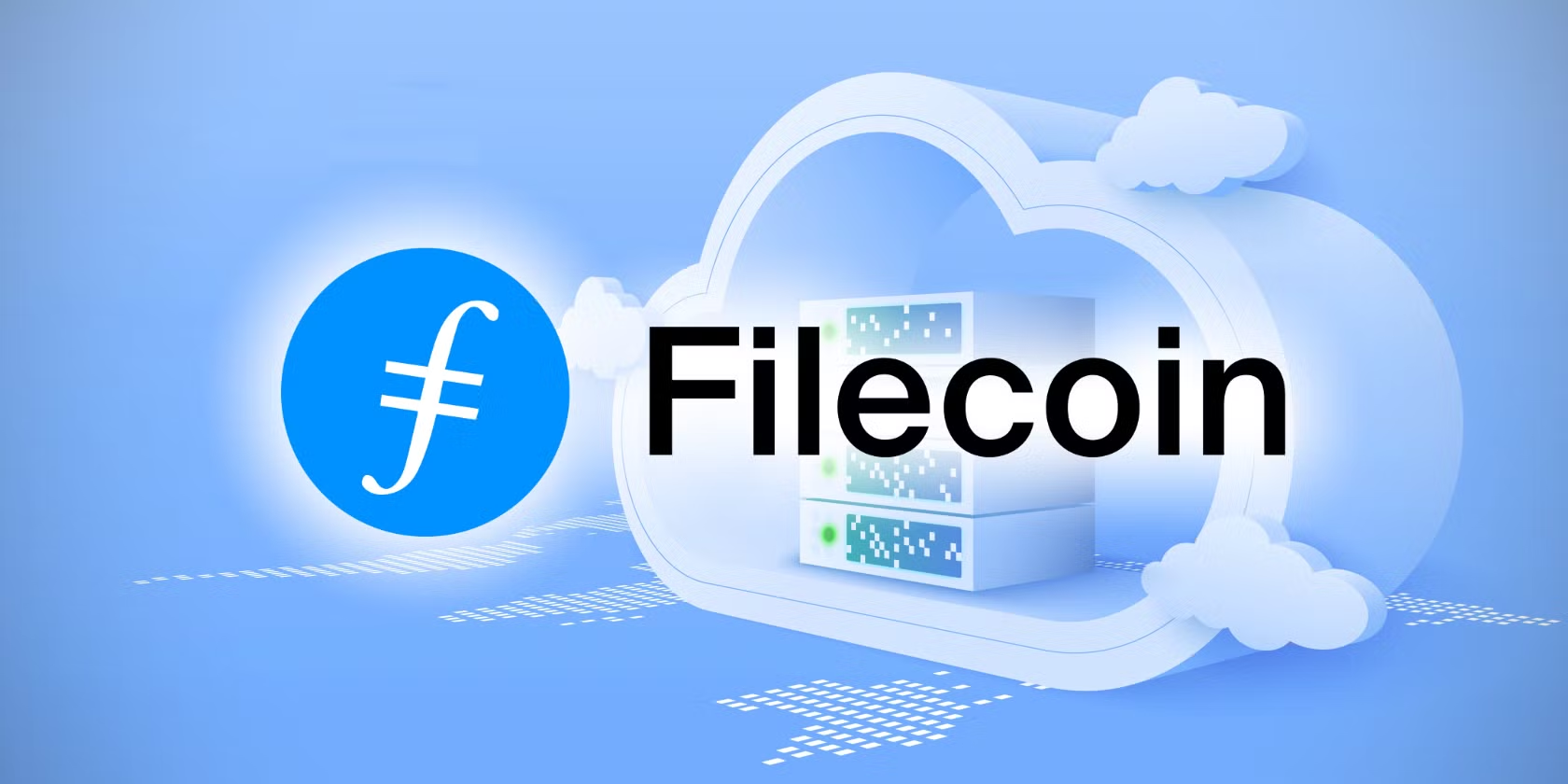Sui and Aptos Explained: Complete Details of the Next-Gen Blockchains
The blockchain world is constantly evolving, and among the most promising developments are Sui and Aptos—two high-performance Layer 1 blockchains designed to overcome the limitations of current blockchain infrastructure. Created by teams formerly involved in Meta’s (formerly Facebook’s) blockchain initiatives, these projects aim to bring speed, scalability, and user-friendly development to decentralized applications.
In this article, we’ll explore:
- The background and origins of Sui and Aptos
- Their core technologies and unique features
- Consensus mechanisms
- Programming models
- Ecosystem growth
- Key differences between them
1. Background: Meta’s Diem Legacy
Both Sui and Aptos trace their roots to Diem, Meta’s ill-fated stablecoin and blockchain project. Diem aimed to create a scalable and efficient global payment system but was eventually shut down due to regulatory hurdles.
The Move programming language, which was developed for Diem, has lived on and is now at the heart of both Sui and Aptos. Two groups of engineers from Meta spun off into their own projects:
- Sui was developed by Mysten Labs, co-founded by former Meta engineers including Evan Cheng.
- Aptos was developed by Aptos Labs, led by Avery Ching and Mo Shaikh, also former Meta leaders.
While both projects started from the same roots, they’ve taken very different design paths.
2. What is Sui?
Overview
- Developer: Mysten Labs
- Launch: Mainnet launched in May 2023
- Language: Move (specifically a modified version called Sui Move)
- Goal: A highly scalable, low-latency blockchain designed to support interactive and data-rich applications like games and social media.
Unique Features
a. Object-Centric Data Model
Sui takes an object-first approach to managing data on the blockchain. Each piece of data is treated as an object, which has its own unique ID and owner. This model is unlike traditional blockchains that store data in a global state. The benefits of this include:
- Easier management of NFTs and game assets
- Faster execution of transactions that don’t require consensus (see below)
b. Parallel Transaction Execution
Sui classifies transactions into two types:
- Owned-object transactions: Can be executed in parallel, without needing consensus.
- Shared-object transactions: Require Byzantine Fault Tolerant (BFT) consensus.
This allows Sui to process simple transactions extremely fast, achieving throughput in the hundreds of thousands of TPS under optimal conditions.
c. Scalability
Thanks to its architecture, Sui achieves near linear scalability by allowing nodes to process transactions independently. This is ideal for use cases that demand high throughput and real-time performance, such as:
- Web3 games
- Real-time apps
- Social media platforms
3. What is Aptos?
Overview
- Developer: Aptos Labs
- Launch: Mainnet launched in October 2022
- Language: Move (original Diem Move with enhancements)
- Goal: A secure, scalable, and upgradeable Layer 1 blockchain for general-purpose dApps
Unique Features
a. Modular and Flexible Design
Aptos was built to be modular, meaning its consensus mechanism, state execution, and storage layers are independent. This allows:
- Upgrades without breaking the network
- High customizability for developers
- Future-proofing as technology evolves
b. Parallel Execution with Block-STM
Aptos uses a parallel execution engine called Block-STM (Software Transactional Memory). It allows smart contracts and transactions to be executed concurrently, which greatly improves performance.
- This design reduces transaction bottlenecks.
- Aptos has achieved over 160,000 TPS in testing conditions.
c. Focus on Developer Experience
Aptos provides robust support for developers through:
- Smart contract templates
- Developer SDKs
- Tooling and documentation
This has attracted a growing community of developers building wallets, DeFi platforms, games, and NFT marketplaces.
4. Move Language
Both blockchains use the Move language, a Rust-based smart contract language originally developed for Diem. However:
- Aptos uses Diem Move with some minor improvements.
- Sui uses Sui Move, a modified and object-centric version of Move.
Why Move?
Move offers strong security guarantees:
- Resource-oriented programming: prevents double-spending
- Formal verification: developers can mathematically prove smart contract logic
- Flexibility to build secure, upgradeable applications
5. Consensus Mechanisms
Sui: Narwhal & Bullshark
Sui decouples data availability (handled by Narwhal) from consensus (handled by Bullshark, a DAG-based protocol). This modular approach allows for:
- Fast processing of simple transactions
- Secure handling of complex, shared-object transactions
Aptos: AptosBFT v4
Aptos uses a variant of the HotStuff consensus protocol called AptosBFT v4, which provides:
- Fast finality (sub-second)
- Fault tolerance
- Flexibility for future upgrades
6. Ecosystem and Adoption
Sui Ecosystem
Sui has attracted developers focused on:
- Gaming (e.g., 3D NFT games)
- SocialFi (social + finance apps)
- NFT platforms
- Wallets and identity protocols
It has partnerships and grants encouraging dApp development, especially interactive and real-time applications.
Aptos Ecosystem
Aptos has seen rapid ecosystem growth:
- DeFi protocols like PancakeSwap (ported from BNB Chain)
- NFT marketplaces (Topaz, BlueMove)
- Wallets like Petra, Martian
- Bridges, oracles, and DAO tooling
Aptos has raised significant VC funding and is backed by FTX Ventures (before collapse), a16z, Multicoin Capital, and others.
7. Key Differences Between Sui and Aptos
| Feature | Sui | Aptos |
|---|---|---|
| Developer | Mysten Labs | Aptos Labs |
| Programming Language | Sui Move (Object-oriented) | Diem Move (Account-based) |
| Execution Model | Parallel via Object Ownership | Block-STM Parallel Execution |
| Consensus Mechanism | Narwhal + Bullshark | AptosBFT (HotStuff-based) |
| Transaction Speed | Extremely fast (hundreds of k TPS) | Very fast (tested up to 160k TPS) |
| Target Use Cases | Games, social, NFTs | General-purpose dApps |
| Launch Date | May 2023 | October 2022 |
| Ecosystem Focus | Real-time apps | DeFi, NFTs, infra |
8. Challenges and Criticisms
Sui Challenges
- Less mature ecosystem compared to Aptos
- Complexity of Sui Move may deter new developers
- Still proving real-world performance
Aptos Challenges
- Criticized for centralized token distribution in early stages
- Association with failed FTX exchange
- Move language still unfamiliar to many devs
9. Conclusion
Sui and Aptos are shaping up to be foundational platforms for Web3’s next wave of innovation. By building on the strengths of the Move programming language and focusing on parallel execution, they aim to solve the blockchain trilemma of scalability, security, and decentralization.
Whether you’re a developer building scalable dApps, an investor seeking high-performance infrastructure plays, or a blockchain enthusiast, keeping an eye on Sui and Aptos could be essential in the years to come.




